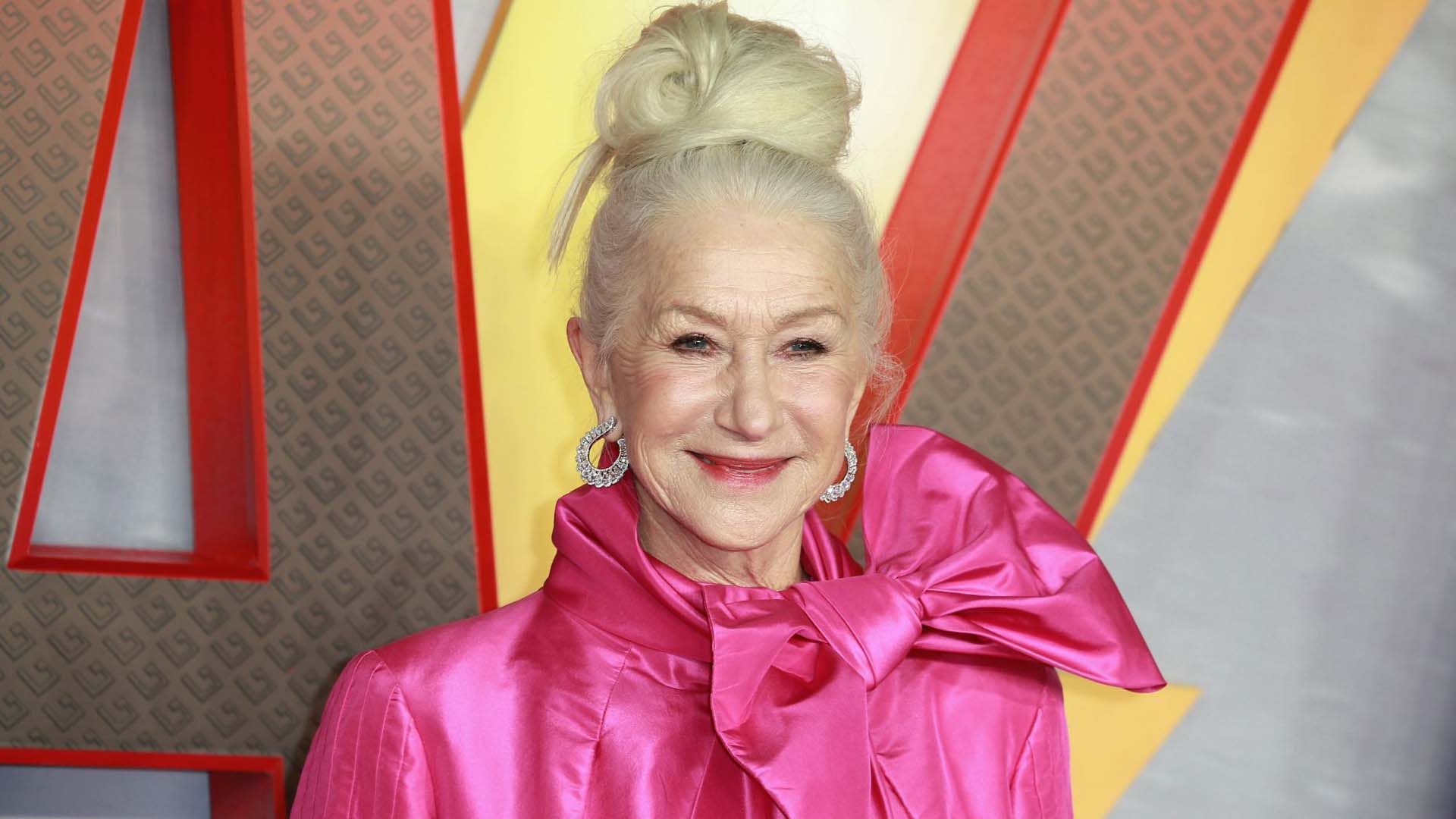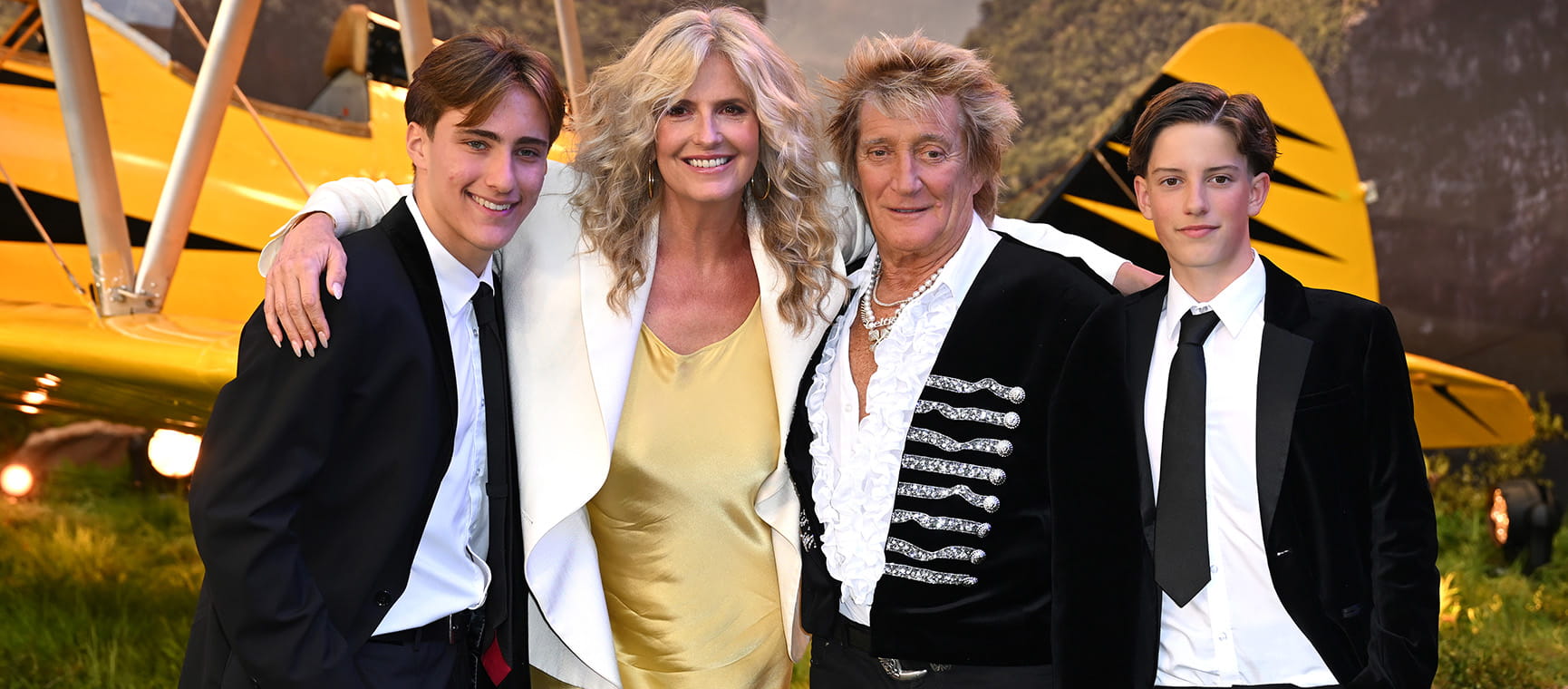10 things you didn't know about Ceefax
Ceefax was pioneering when it was launched by the BBC in 1974 - with just 30 pages and only 6,000 TV sets able to receive it.
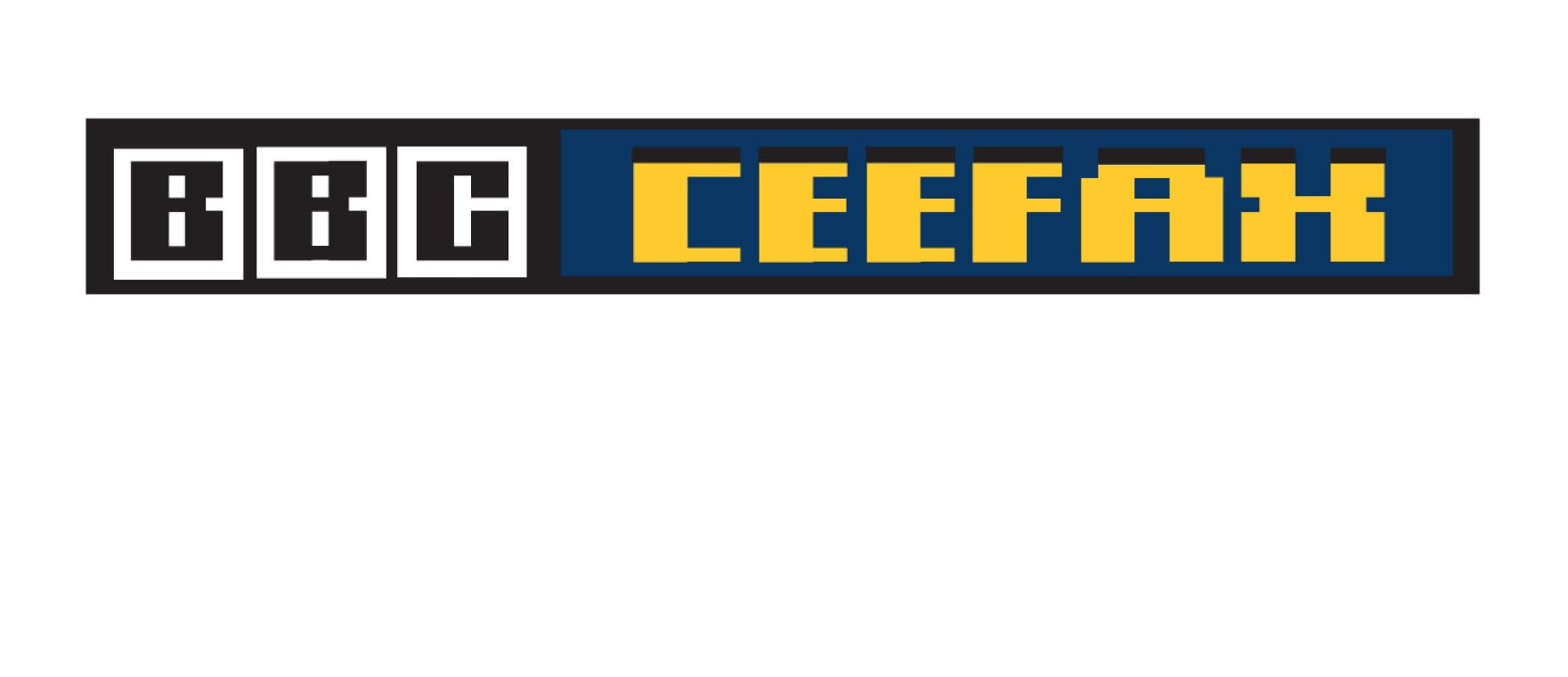
Ceefax was pioneering when it was launched by the BBC in 1974 - with just 30 pages and only 6,000 TV sets able to receive it.

As Ceefax grew, it became loved by millions, before closing down in 2012.
Now, 50 years on from its accidental birth, we remember this iconic slice of British culture with 10 things you probably didn't know...
During the 1960s, the corporation tested something called Beebfax, an initiative where a newspaper was sent to printers in people’s homes every morning.
In the end, however, the printers were thought too noisy, and Beebfax was shelved.
BBC engineers Geoff Larkby and Barry Pyatt were investigating means to transmit subtitles for deaf viewers and discovered the standard 625-line TV picture had ‘spare’ lines at the top to transmit code that could be turned into text.
The technology was subsequently rolled out across the world.
Ceefax, a play on the phrase 'see facts', was a one-man band initially and its then editor Colin McIntyre wrote every page himself
As such, the service was never updated at weekends or outside of office hours.
In the early days, when virtually no one had a Ceefax-compatible television, Colin used a back page of the service to alert his wife he was leaving the office for the day.
That's around £6,500 today. But because so many viewers rented their TVs (try explaining that to the grandchildren), millions were able to pay monthly for an affordable upgrade, and Ceefax’s importance soon grew.
By 1982, a team of 20 journalists worked on the service around the clock, transmitting to millions of homes
By the mid-1990s, Ceefax boasted a weekly audience of 22 million, making it the most-read news source in the country. Sixty journalists were employed, collectively writing up to 2,000 pages on any given day.
Services included national and local news, travel news, ski reports, games, recipes, weather, music reviews, jokes and even advent calendars.
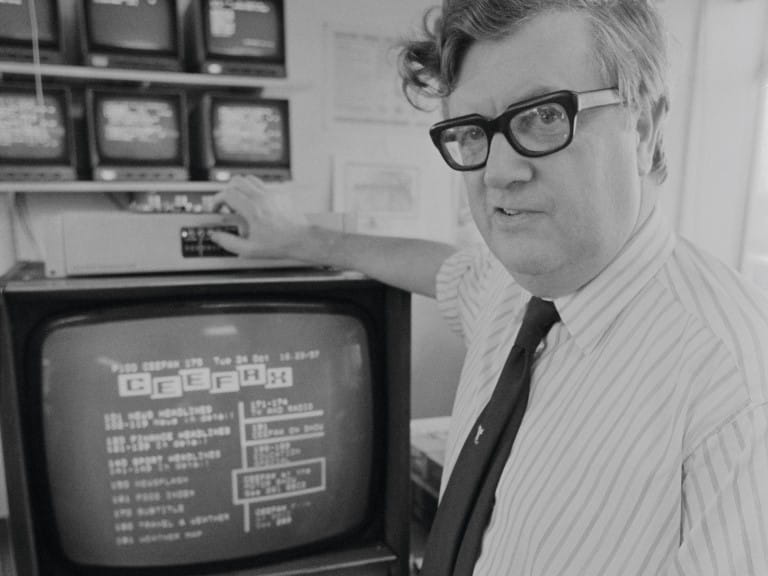
Who remembers agonising Saturday afternoons watching the football scores update every few minutes on page 303?
In November 1997, Bruce Rioch only discovered he had been fired as QPR assistant manager when he read it on the service.
"I was at home watching the Louise Woodward case on television when I turned on Ceefax and read I had been sacked," he said later.
More cheerily, in March 2001, third-tier side Wycombe Wanderers, beset by an injury crisis ahead of an FA Cup quarter-final tie against Leicester City, put out a plea for strikers to contact them.
The news was picked up by Ceefax, and the agent of Roy Essandoh, a non-league forward, saw the story. Essandoh ended up among the Wycombe substitutes – and with 20 minutes to go and the score at 1-1, he came on to head a dramatic winner.
During the 1980s, resources were dedicated to building a special page that showed the real-time progress of the crews in the Oxford and Cambridge university boat race, with stylised blobs representing the boats along the course.
But the service was, self-evidently, only available to people looking at television screens, and with the race being broadcast live on BBC One, it made the entire page utterly superfluous.
By the mid-1990s, Ceefax boasted a weekly audience of 22 million people, making it the most-read news source in the country
The subtitling service was a breakthrough for the deaf community, although, intriguingly, a 2006 Ofcom survey revealed that of the 7.5 million people who used subtitles, six million had no hearing impairment. Subtitles were first used on a 1975 information film, This Is Ceefax, presented by Angela Rippon.
Subtitling of live programmes began in 1986, although the phonetic recognition system occasionally led to errors, including this gem from the Queen Mother’s funeral: "There will now be a moment’s violence for the Queen Mother."
The Royal Family were also frequently described as travelling in "ornate cabbages".
In 1994, Ceefax erroneously launched a news flash announcing her death.
The message was only on screen for 30 seconds, but the damage was done. Being first with the story was to be admired, less so being eight years early. The BBC issued a fulsome apology
Olympian Dame Mary Peters switched off the last analogue TV signal in Northern Ireland, but, in 2015, 14-year-old Nathan Dane teamed up with former teletext engineer Peter Kwan to relaunch the service on the internet.
Its latest iteration, launched in 2019, is an identical simulation of the original. You even punch the page numbers into an on-screen remote.
Benjie Goodhart divides his time between working as a freelance journalist and in the TV industry. He has written regularly for The Guardian, GQ and Saga Magazine, and worked for Channel 4 in programme publicity. He lives in Brighton with his wife, two children, and three tellies. He loves the tellies most of all.

For a limited time, enjoy 3 issues of Saga Magazine for just £1. Receive the next 3 print editions delivered direct to your door, plus 3 months’ unlimited access to the Saga Magazine app—perfect for reading on the go.
Don’t miss your chance to experience award-winning content at an exceptional price.
.jpg?la=en&h=541&w=1232&hash=68EDA28677DE015BF53916AA57CAD1F7)
For the Bake Off judge, the funniest festive season was the one when the lunch went completely wrong.


Jenni Murray is back behind the microphone as she chats to national treasures and household names.

The UK’s bestselling contemporary poet talks about finding huge success in later life and why Christmas is her lifeline.
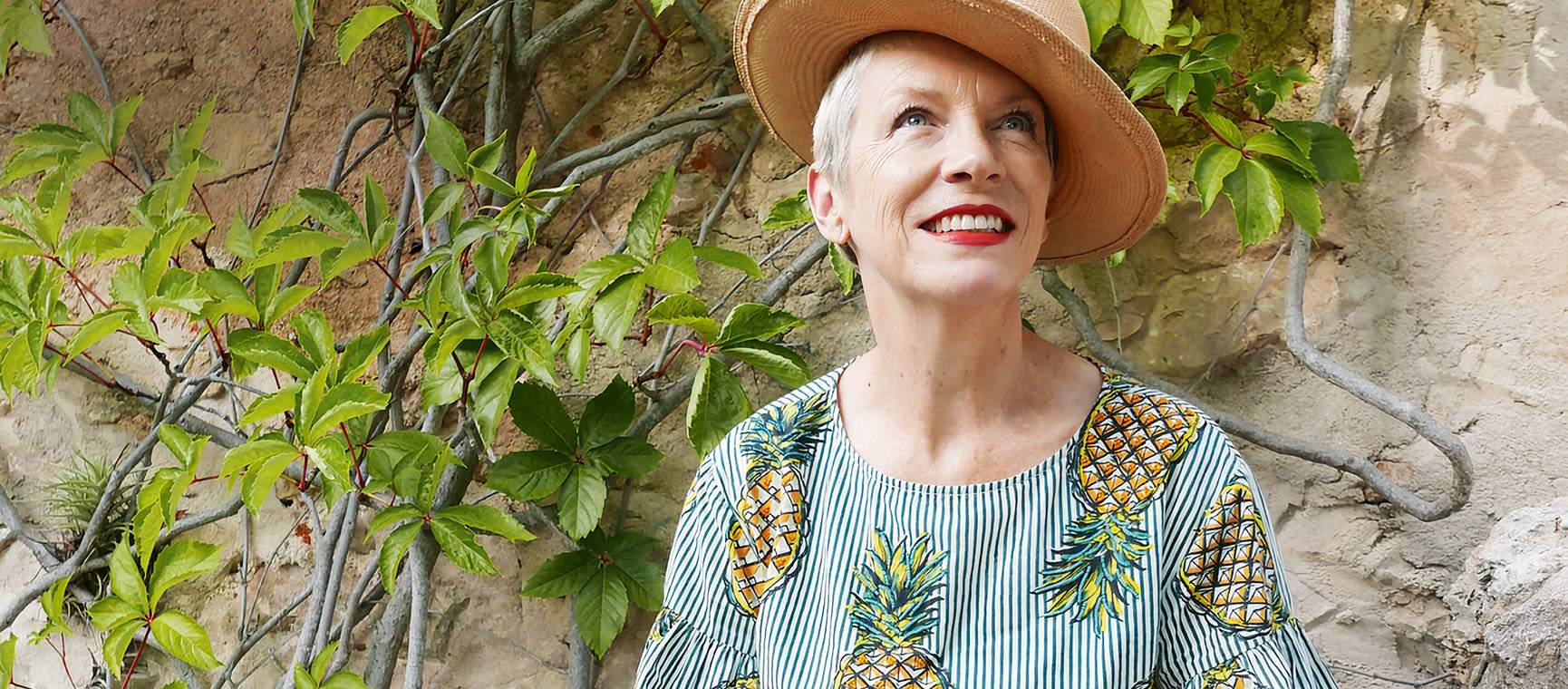
The singer-songwriter on being diagnosed with ADHD at 70 and how she’s ageing on her own terms.


This frank documentary about the comedian’s European tour reveals the realities of travelling in your 80s.
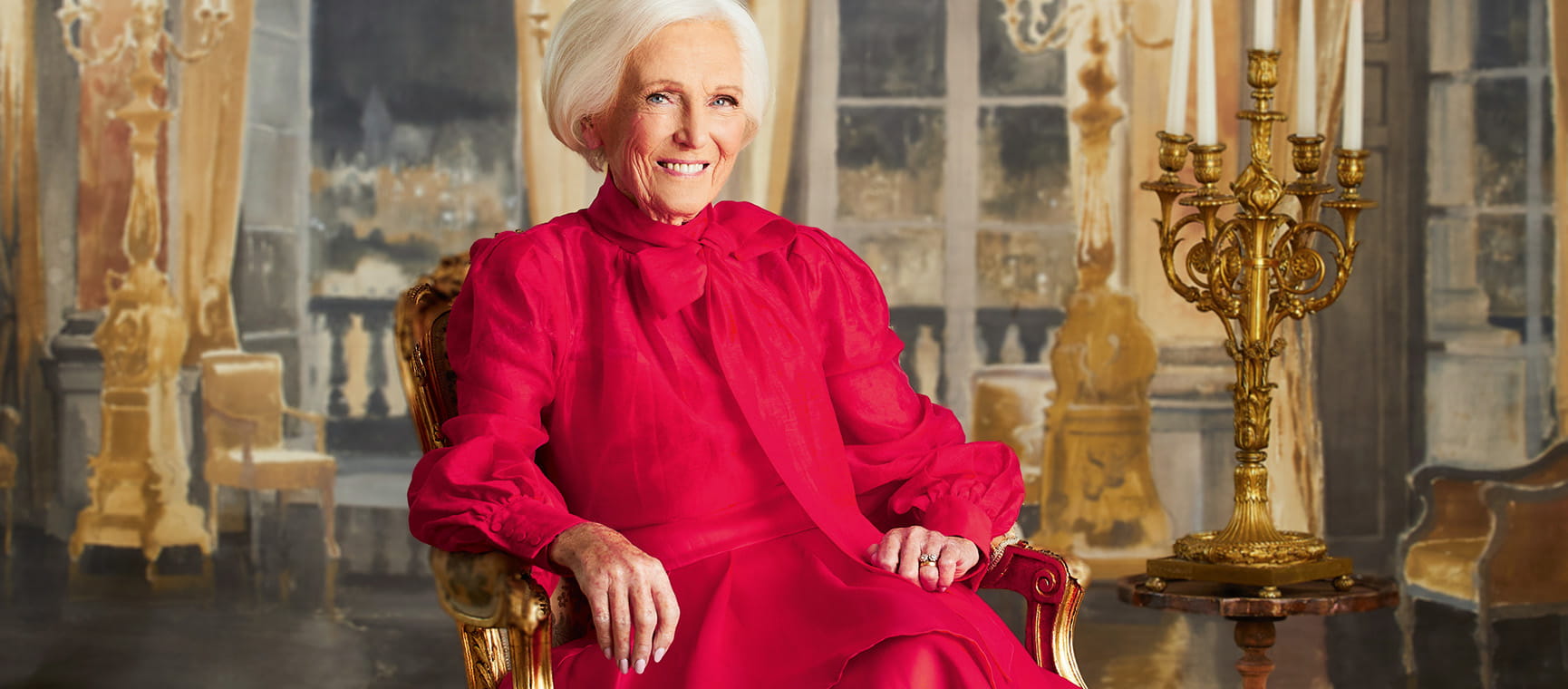
The baking queen on celebrating her 90th birthday, her daily indulgence and why her husband Paul thinks “cooking is boring”.

The TV star chats about health, her love of sprouts and why she’s been proven right about the detox diet.
